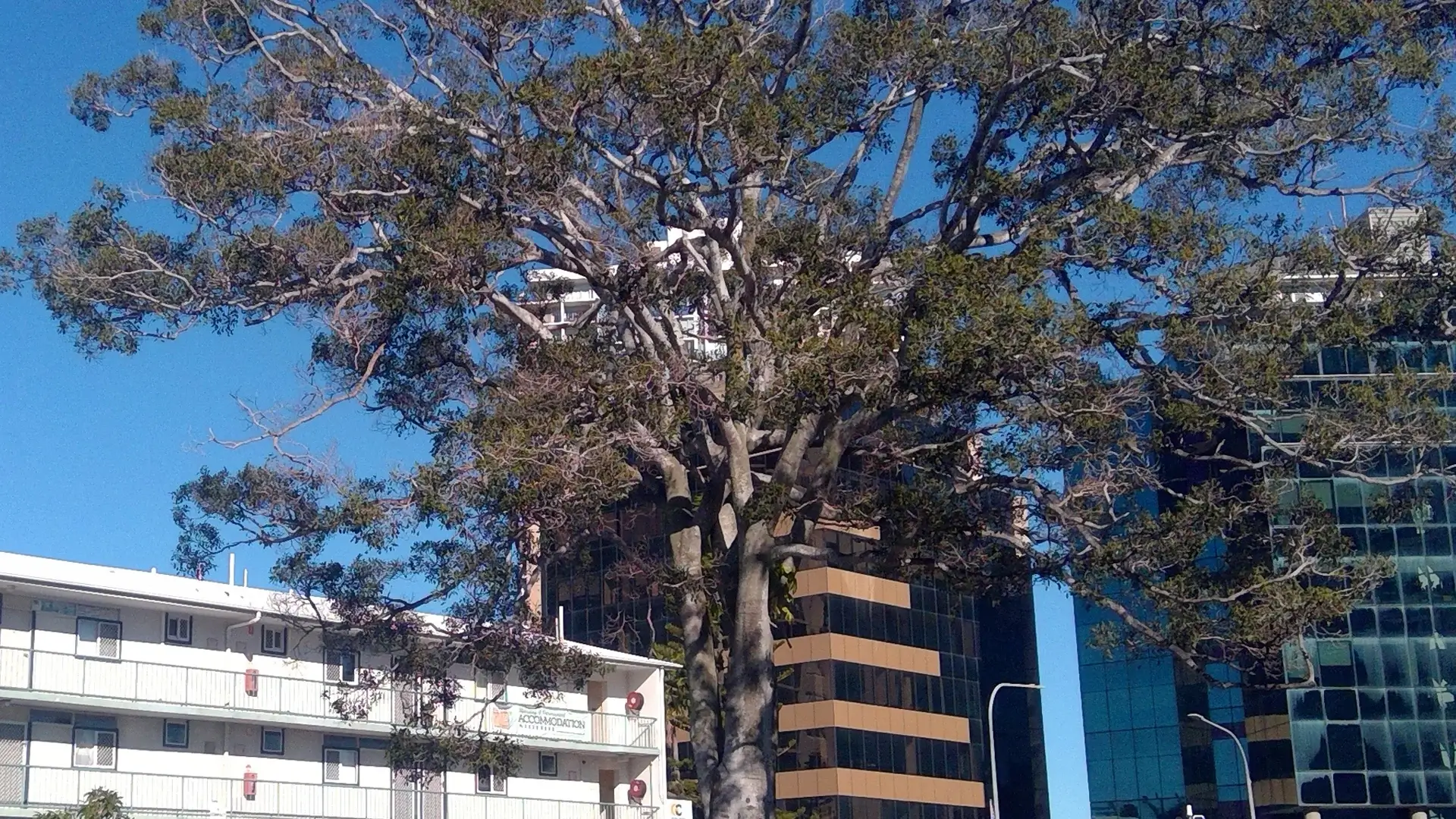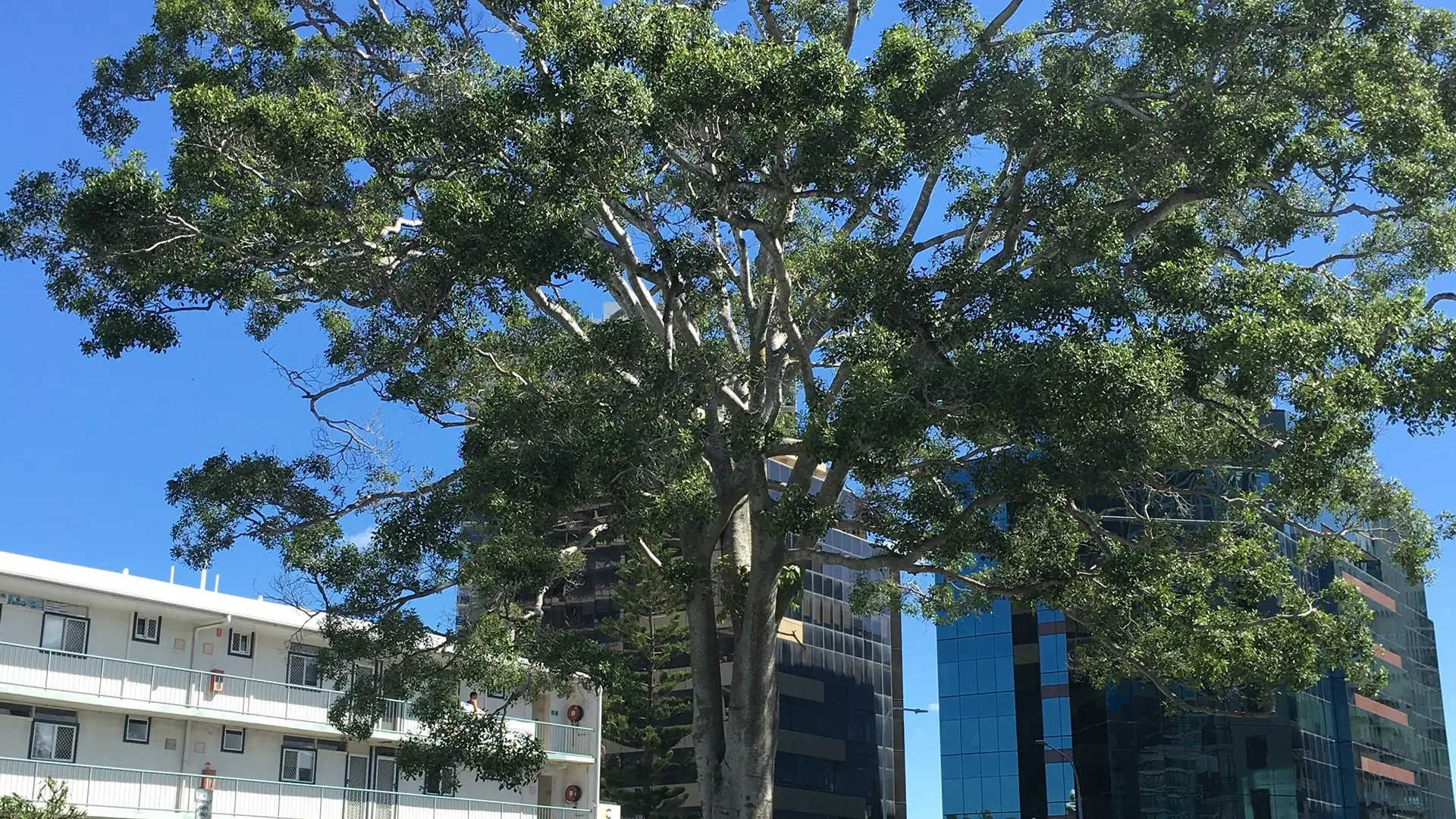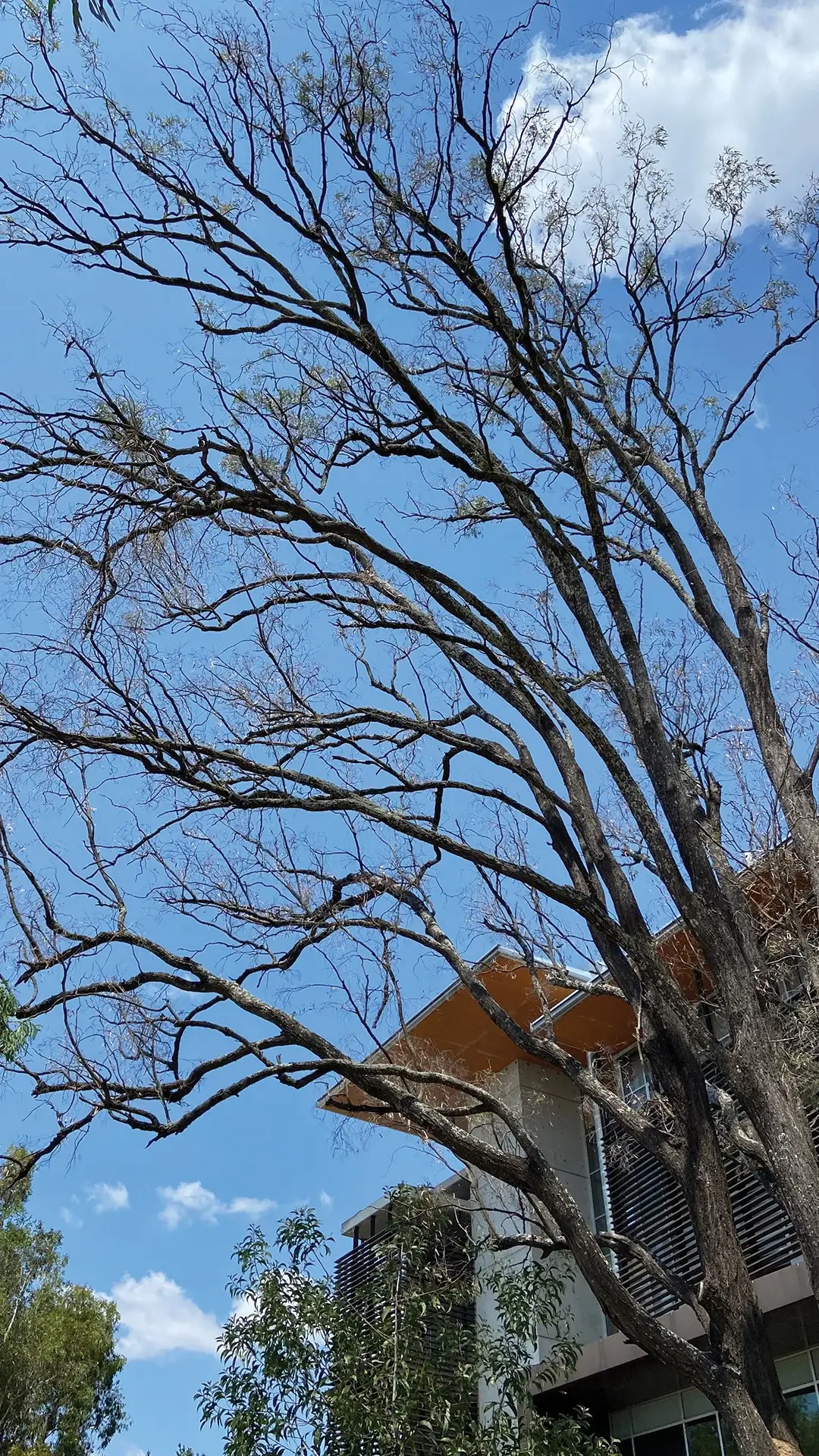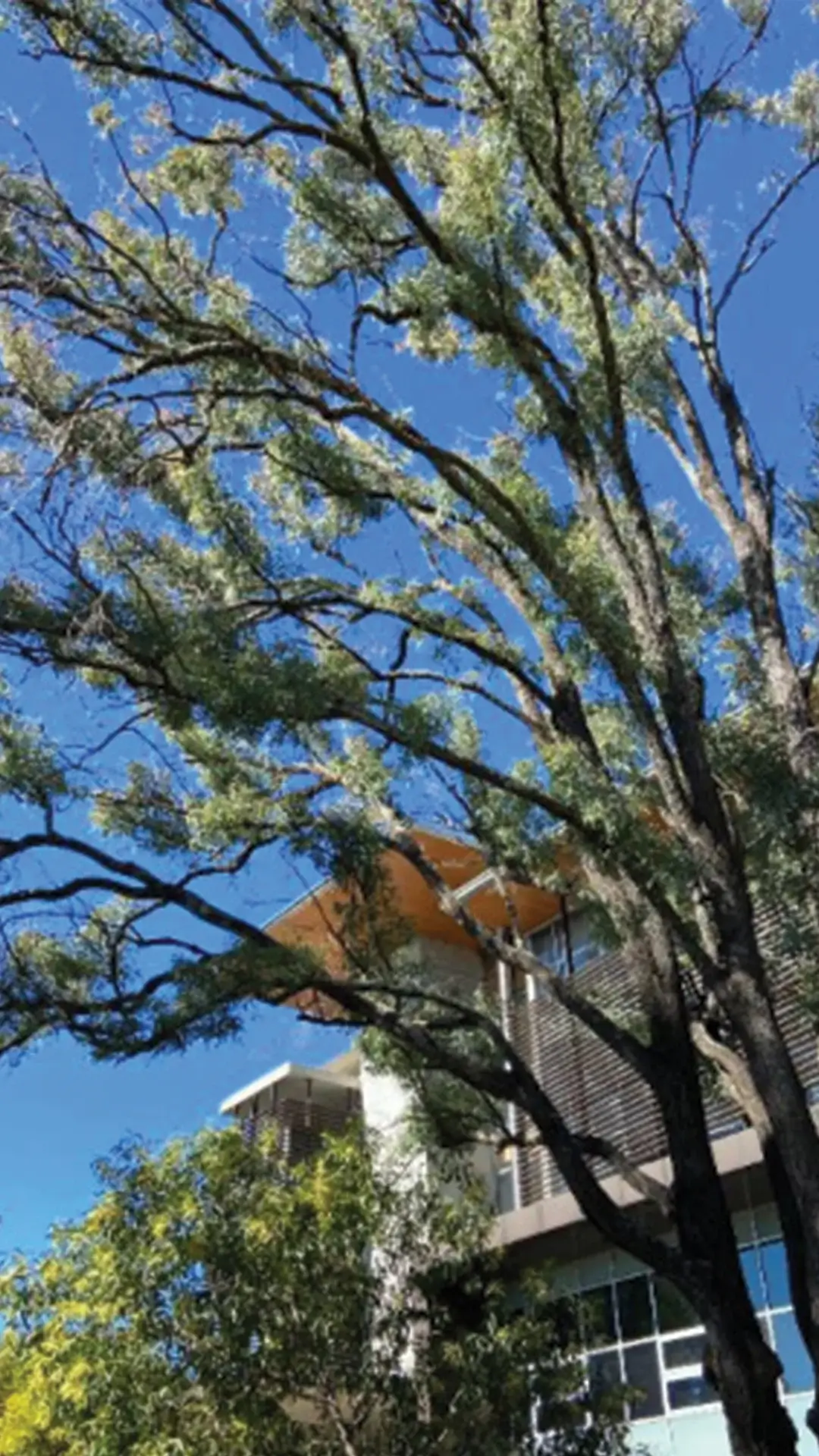For landscapes facing complex health challenges such as soil contamination, pest infestations, or disease outbreaks, our Remediation Plans provide a strategic roadmap to recovery. We begin with a thorough assessment of the affected area, identifying the underlying causes of stress or decline. Based on this analysis, we develop customized remediation strategies that may include soil amendments, pest control programs, drainage improvements, or disease treatments. Our goal is to restore the health and vitality of your landscape through sustainable, long-term solutions tailored to your specific needs.
Stressors
Many failed street side tree plantings and trees found to be in decline area usually the direct result of the impact of sustained abiotic and biotic stressors not being correctly managed.
One of the stressors that impact the growth and health of trees is soil compaction, which restricts the flow of air and water through the soil which slowly starves and suffocates a tree and hinders its growth. Thankfully, our VOGT soil injector is capable of decompacting the soil by aerating it with the deep injection of mineral soil improvers, particularly those that are naturally good with decompaction. This ends up promoting the flow of water and air, as well as root growth.
Another stressor is a lack of microscopic biodiversity in the soil, usually because of a lack of certain nutrients within the soil itself. This can have a compounding effect on the health of the soil but can easily be fixed through soil inoculations, where aerated compost tea that is full of beneficial microorganisms, is injected into the root zone to instantly enhance the health of the soil and promote plant growth. This further improves the nutrient availability and the structure of the soil while also providing a stronger resilience against pests and diseases.
Custom Mix Fertilizers
We use a variety of different organic materials and fertilizers based on the analysis of our soil tests. Custom blends are mixed and applied specifically for the needs of each site to promote healthy plant growth and reduce the risks from pests and diseases. Furthermore, we also go to the effort of monitoring the response the plants and soil has to any changes we make, documenting any changes we see in the health or appearance of plants over a period of time to determine whether more adjustments are needed and to pro-actively prevent new issues from arising. This all ensure the long-term success of plant health.




